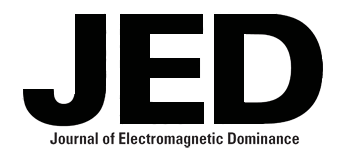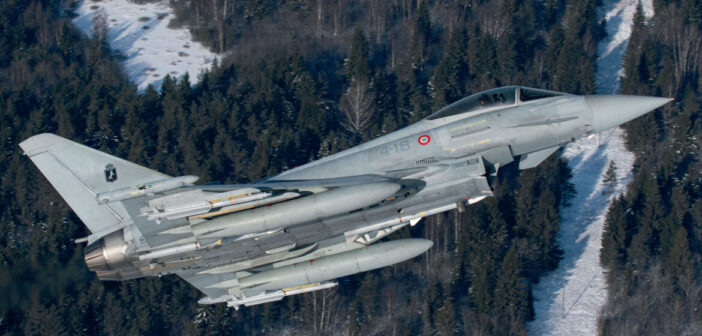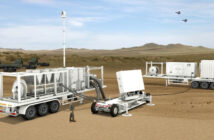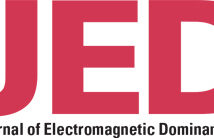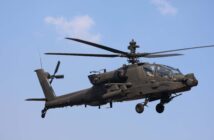The following article complements JED‘s April 2022 cover story, “Freedom of Action: NATO Rethinks Air Survivability for a New Threat Landscape, ” by Richard Scott. To read it, log in to your AOC account at www.crows.org to read it or join the AOC at https://www.crows.org/page/joinnow.
By Richard Scott
At the mission-level, NATO is developing an Airborne Electronic Attack (AEA) / Suppression of Enemy Air Defense (SEAD) roadmap which, taking its cue from NATO’s Wales summit in 2016, is looking to rebalance and update the capability available to the Alliance.
This activity acknowledges two truths: first, that the existing Alliance capability is unbalanced – given an over-dependence on US assets; and second, there is a need to develop a modernized, multi-faceted capability to deliver diverse SEAD effects. As Alex DeFazio, NATO SEAD/AEA Capability Area Facilitator, told the AOC Europe 2021 audience in October: “We have to do more than just put a HARM on a radar.”
NATO’s AEA vision is aimed at delivering a credible force that will be capable of operating in a contested air environment and re-gain freedom of action. According to DeFazio, “we want to have synchronized effects against an adversary’s communications systems, PNT [precision navigation and timing], data and sensors”. Similarly, the SEAD vision foresees “a tailored force that can provide synchronized effects across all IADS nodes, not just the target tracking radars.”
The respective vision papers, both approved in 2018, have identified four principal focus areas: diversity of effects; survivable delivery systems; coordinated information capture and distribution; and synchronization of effects. Subsequently, concepts of employment (CONEMP) were developed for both AEA and SEAD, these being approved in 2020.
“The idea now is to take that CONEMP, which identified the capabilities we think we need in order to survive in the 2030 timeframe, and do a capability audit,” said DeFazio. “We are going to ask the Nations: ‘Based on this CONEMP, which of those capabilities do you currently have, or you have planned for?’”
“Once we have an idea of where we sit with the Nations and their capabilities, then we go into a gap analysis [using]modelling and simulation. And once we have identified the gaps, then we go back to the science and technology community, and to industry, to look for solutions through [STO/NIAG] study groups.”
Work on the AEA/SEAD capability audit is expected to conclude in 2023. Gap analysis activity begins this year, and will run through to 2025.
